Education and outreach to create a sustainable society Perspectives from the natural world
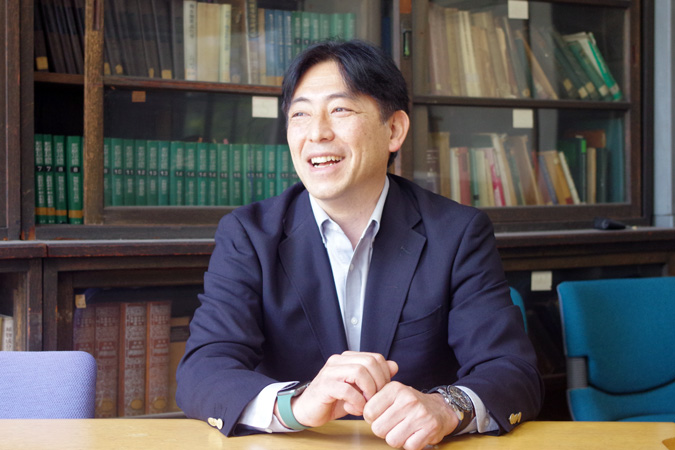
Each year on April 22, we observe Earth Day to demonstrate support for environmental protection and raise awareness of the ongoing need to safeguard the Earth for future generations. Professor Kiyohiko Igarashi from the Graduate School of Agricultural and Life Sciences discusses our burden on the planet, what we can do to mitigate it, and the lessons we can learn from nature.
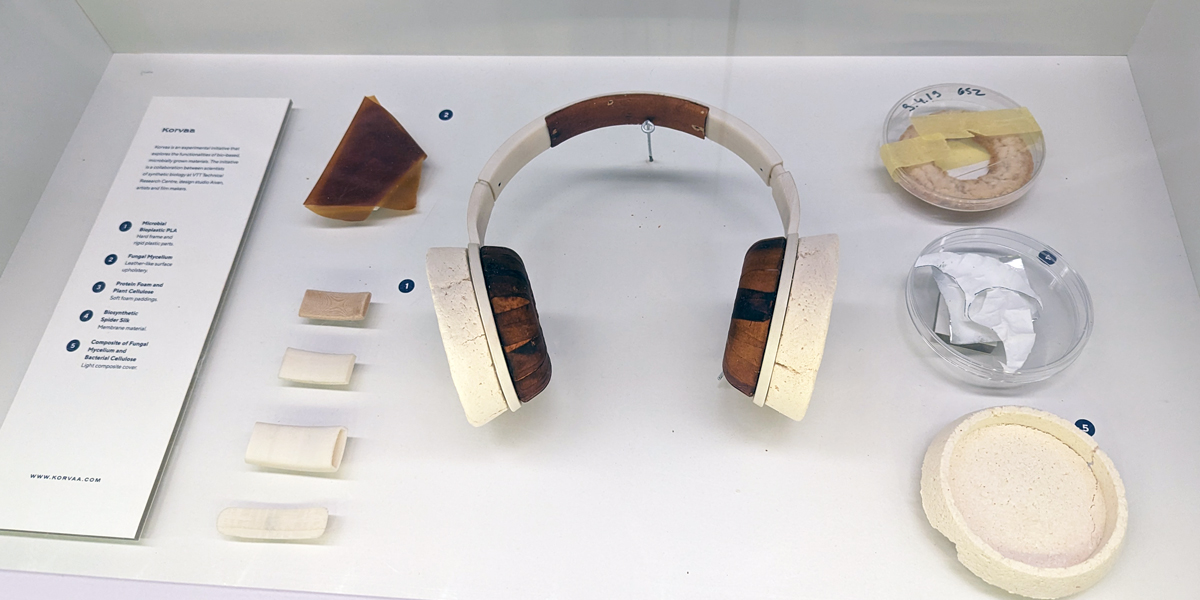
Prof. Igarashi has been working on the development of cellulosic materials in the project “Wood without trees,” and since 2021, he has expanded his work to include the creation of sustainable bio-organic materials in space.
Reducing the planetary burden
── What is one of our largest barriers to sustainability as a society?
Human society as it is currently structured places an incredible burden on the natural world. By this, I mean that the amount that we take out of the environment in the form of energy, the food we eat, and the material that we use is not balanced with the amount that goes back into it. If we do not achieve that balance, it does not matter what kind of new technology we invent — we will be unable to achieve long-term sustainability.
There is a day every year referred to as “Earth Overshoot Day,” which marks the point in a given year by which humanity has consumed the equivalent of all the biological resources the Earth can regenerate within a single year. After that point, we are “borrowing” the resources we consume from the future. When I was born in the 1970s, we consumed about one Earth’s worth of resources in a given year, but last year, the global Earth Overshoot Day was on July 28th. In the same year, if everyone on Earth had lived the way we do in Japan, we would have reached Earth Overshoot Day by May 6th, or in other words, we would have needed about 2.9 Earths’ worth of resources to sustain our lifestyles. Moreover, as it stands, Earth Overshoot Day falls a little earlier each year.
── What is behind this burden on the planet?
One of the main causes of this burden is our relationship with the Earth’s biomass, or organic matter on the surface of the planet. This includes the food that we eat, the cotton and wool in our clothing, the wood used to build our homes, and so forth — in other words, renewable organic matter that comes from living or recently living plants and animals. When we consume these substances, for example by burning wood for fuel or ingesting food for energy, we naturally produce carbon, often in the form of carbon dioxide. However, that carbon is easily reabsorbed by plants and returned to the Earth through what is known as the “carbon cycle.”
Fossil fuels like petroleum and natural gas, however, are not part of the Earth’s natural carbon cycle. Though these substances did technically originate as plants and animals, they took several hundred million years to form, becoming what we can think of as “sequestered” carbon. When we burn these substances for energy, because of the tremendous amount of time it took for them to form initially, we release massive amounts of carbon dioxide into the atmosphere without a natural way of returning it to the Earth.
Another source of our burden is how we treat the goods currently in circulation. We waste so much of what we create by simply throwing it away, from everyday food items to plastic goods. As a result, even if something could be returned to the Earth via the carbon cycle, such as food items, the cycle gets interrupted. We need to improve our ability to circulate goods in a way that allows for recycling or reuse where possible, and for returning carbon to the Earth where it is not.
Educating for the future
── What can we do to help mitigate this burden?
At the individual level, there is actually not much we can do. For instance, it is incredibly difficult to avoid buying and throwing away plastic. Let’s take a household staple like rice as an example. Originally, you were able to buy it by the bale as rice straw, and then later, you could buy it in a hemp sack that you brought back to the farmer each time. Now, rice comes in a plastic bag, which cannot be returned to the farmer and cannot be returned to nature, so you have to buy a new one every time that you ultimately throw away. As long as things like rice are coming in plastic bags, we will simply be unable to reduce the burden caused by plastic consumption, regardless of how much we try as individuals.
The large-scale, systemic changes that we need to see must occur at a corporate level, an industry level, and a government level, and it can be easy to feel despair about the powerlessness of an individual in the face of such massive entities. That said, that despair can also serve as a fuel for change. The first step is becoming aware of the problem and what we need to do to fix it, and for that, we need education and outreach in order to reach the greatest number of people possible.
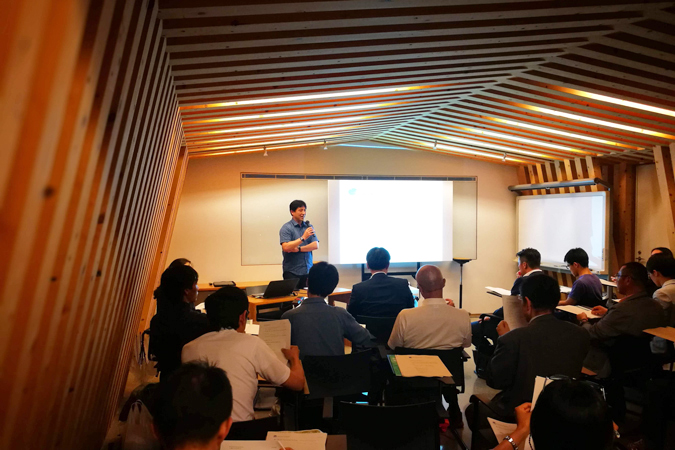
── What kind of educational or outreach activities are you involved in?
One initiative at the University of Tokyo is the One Earth Guardians Development Program, which was originally started by myself and three other professors in 2017. Similar to the motivation behind Earth Overshoot Day, the idea behind the program is to increase awareness of our current burden on the planet and encourage innovation on how we can live within one Earth’s worth of resources. Students in this program are trained to identify problems related to sustainability and come up with solutions by not only attending lectures, but also by carrying out projects and engaging with business and government entities. That way, once the students graduate from our program, they are well-prepared to apply their training in their future research and careers.
At the societal level, there is the Climate Reality Project, which provides training to volunteers in a variety of sectors in order to raise awareness and disseminate accurate information about climate change solutions. So far, the project has nearly 45,000 Climate Reality Leaders around the world, with over 800 of those in Japan. By becoming a Leader, you become part of a larger group of individuals from numerous backgrounds with whom you can carry out discussions and share insights on climate change issues. Since joining, my awareness of these issues has changed, even if my day-to-day job has not. For example, now I think more actively about how we in Japan or we at the University should approach climate change based on a more grounded, quantitative understanding of how these discussions are taking place around the world.
Finally, I am also supervising the film Okiku and the World (Sekai no okiku), which is being produced by the YOIHI Project, a group that connects filmmakers with scientists in order to tell stories that spread awareness about climate change. Okiku and the World is set during the Edo Period as a way of demonstrating the fundamentals of what we can think of as a “circular bioeconomy” and how we can make that work again as a society here in 2023. What this means is that instead of the linear nature of our current economy, wherein we buy something, exhaust it, and dispose of it, we find ways to keep resources circulating, either by reusing them, recycling them, or even just by fixing broken items that can still be used.
As you can see, this kind of outreach can take many forms and occurs at multiple levels. Not only is it important for people to learn accurate facts behind climate change, but people need to see that it is possible to live differently than we do now in a manner that lessens our burden on the Earth.
What we can learn from the natural world
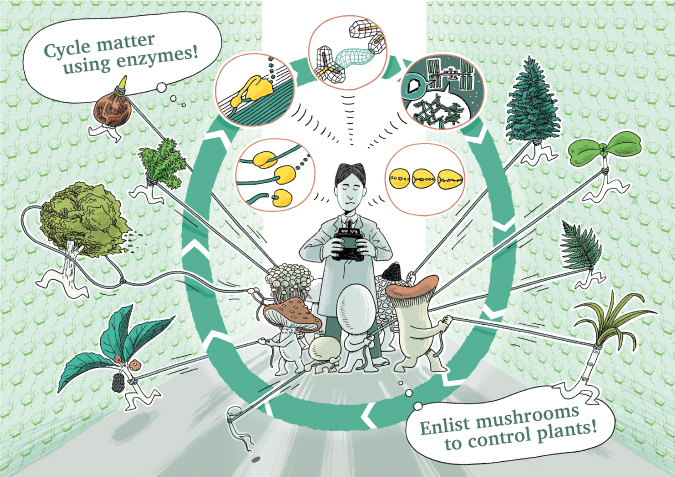
── In your research, what natural processes have you noticed that show promise for more sustainable living?
My area of specialty is wood-rotting fungi, or “mushrooms” more generally, and they are capable of incredible feats when it comes to generating new material with minimal to no energy expense. Mushrooms survive by absorbing the nutrients that they need from trees, or in broader terms, taking outside organic matter and incorporating it into themselves. What is significant about this is that they accomplish this by using unique digestive enzymes that allow the fungus to transform, for example, a tree into something they can use without expending any energy at all.
When we create plastic, we use an incredible amount of energy, and then we spend further energy when burning that plastic to dispose of it, and even recycling it requires energy. Every part of that process requires energy in some way, and this is true for nearly every part of life in modern society. In the natural world, however, we see that things can be created or destroyed with incredibly little energy expense. For example, once the fruiting body of the fungus “Tsuga Sarunokoshikake” (Fomitopsis pinicola) matures and releases its spores, the fruiting body then hardens to a degree that it feels almost like plastic, and it accomplishes this at the typical, ambient temperature of the forest. Meanwhile, we need high temperatures in excess of 200 degrees Celsius to create plastic. If we could apply even a little bit of this knowledge about energy and resource use in our day-to-day lives, there is so much that we could accomplish.
── What knowledge have we been able to harness from the natural world so far, and what does it mean for the future?
To an extent, you can observe some of what we have learned from the natural world by looking at what we have accomplished with selective breeding. Selective breeding is the process in which we identify a particular genetic quality we want an organism to have and breed it with an organism with that same genetic quality in order to guarantee that that quality will appear in its offspring. Humanity has done this for thousands of years for a variety of reasons, including in order to domesticate livestock and allow us to consume food that was not originally edible, or perhaps less nutrient-rich, such as strawberries, potatoes, and corn.
Knowledge about the genome itself, however, has changed drastically since I was in graduate school in the late 1990s. At the time, though we knew that a given organism would respond a certain way under particular conditions, the gene-level reason behind those responses was unknown. The genome was not something you could just read. Once we were able to do that, however, everything changed. Now, dealing with novel viruses like COVID-19, for example, is a much simpler task than it was before we could access the genome.
Incorporating research on genomes has been an incredible turning point for the life sciences. It has allowed us a much closer look at how and why different organisms function, which sheds light on different possibilities for our own lives, but there is still so much that we do not know about other species. It is only through understanding the natural world around us, what it needs, and how it functions, that we will be able to live in balance with it.
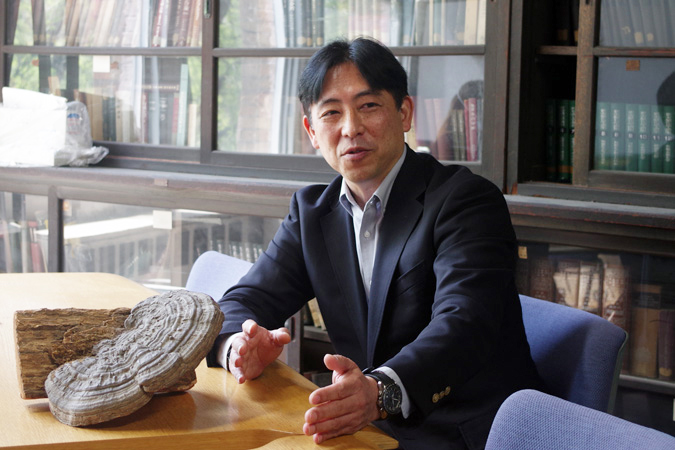
Kiyohiko Igarashi
Professor, Graduate School of Agricultural and Life Sciences
Ph.D. (Agricultural Sciences) from the Graduate School of Agricultural and Life Sciences, The University of Tokyo. He spent time doing research at the University of Georgia before earning his degree, after which he was a Japan Society for the Promotion of Science Research Fellow and Postdoctoral Researcher at Uppsala University in Sweden. He returned to the University of Tokyo as an Assistant Professor in 2002, and since 2016, he has also been a Visiting Professor at the VTT Technical Research Center of Finland. As the author and co-author of hundreds of articles, he is a leading researcher of the production of materials and energy from plants and fungi.
Interview date: April 4, 2023
Interview: Hannah Dahlberg-Dodd, Yuki Terada






